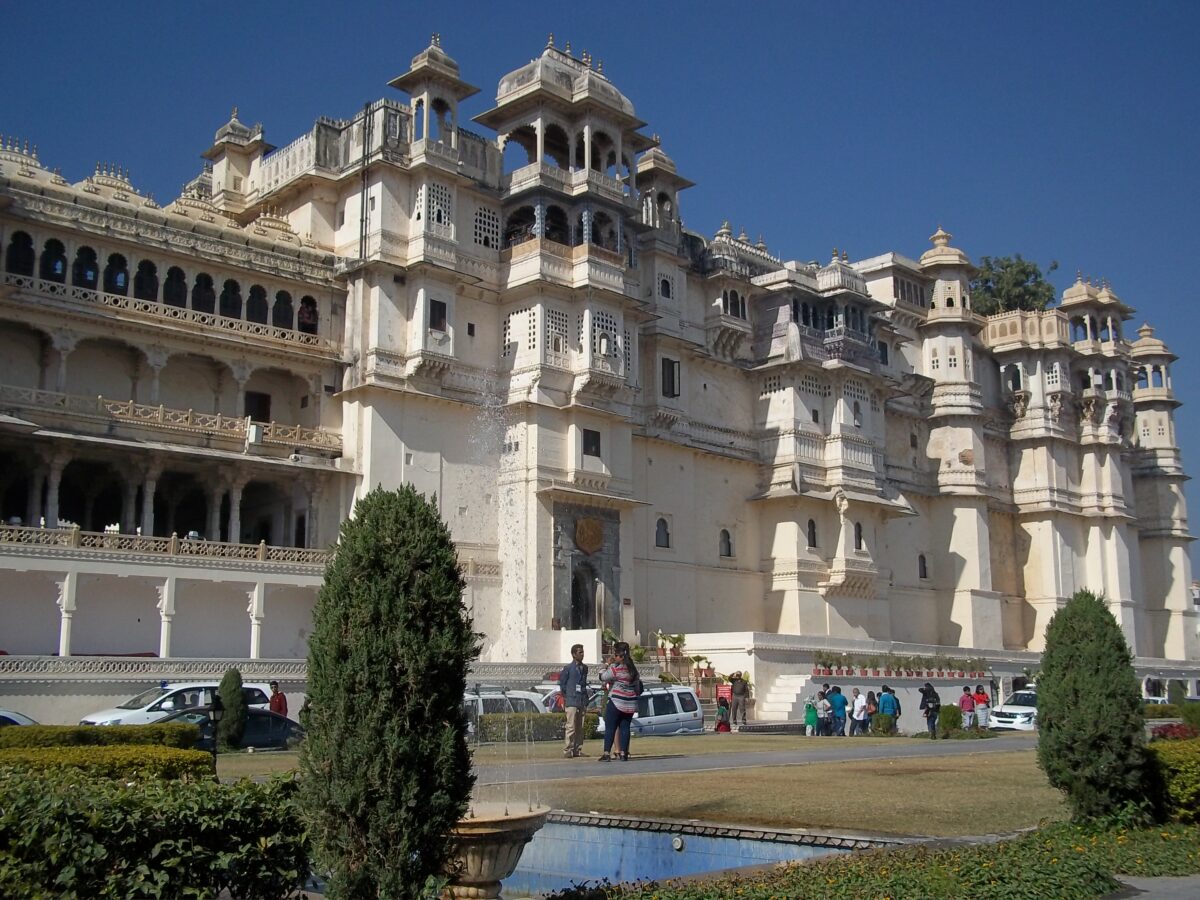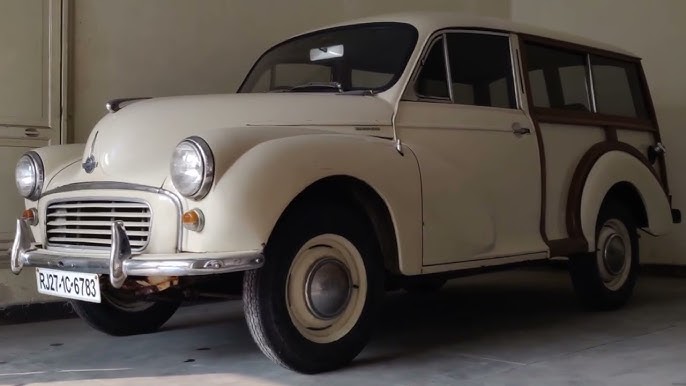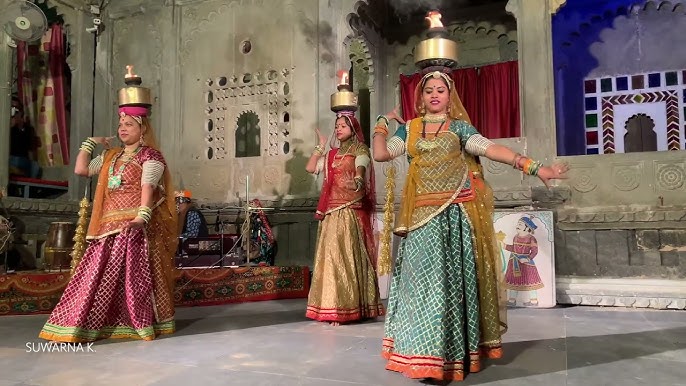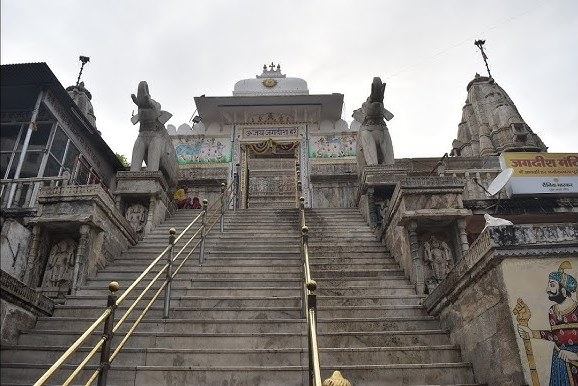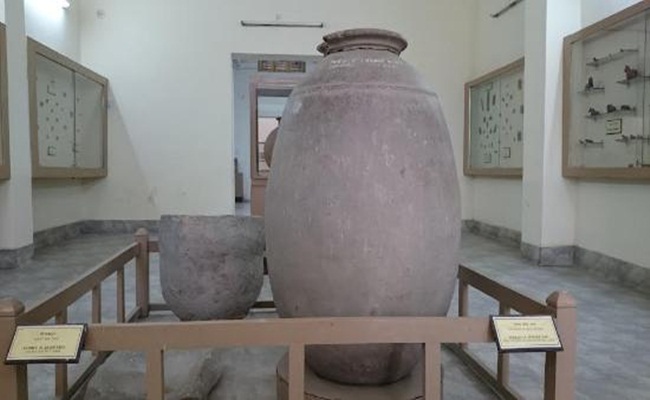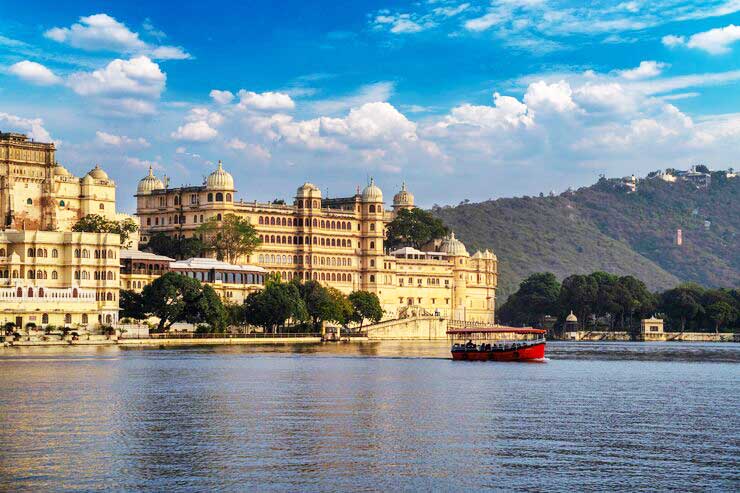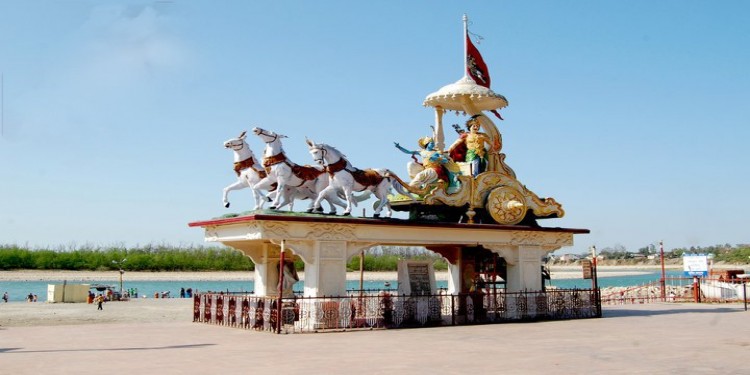Expert Coaching ensures Better Results! Find the Best Coaching Institutes in and around Kirti Nagar, Delhi, offering Courses for NEET, IIT-JEE and CBSE preparation. Prepare Well, Ensure Success.
Coaching is Essential
According to reports, around 60-70% of NEET and IIT-JEE toppers credit their success to structured
Additionally, CBSE results show that students attending coaching classes consistently outperform others, with higher percentages in competitive exams due to focused preparation and expert
Regular practice tests help build exam temperament and identify weak areas, while personalized mentorship ensures conceptual clarity and focused
Turning Point Institute
Location: Paschim Vihar, Near Kirti Nagar, Delhi.
Overview: Turning Point Institute, located in Paschim Vihar, Delhi, stands out for its holistic and student- focused approach to competitive exam preparation.
Renowned for its comprehensive coaching programs for NEET, IIT-JEE, and board exams, the institute emphasizes regular assessments, personalized feedback sessions, and targeted guidance for students of Classes 9, 10, 11, 12.
With a proven track record of success, it ensures students achieve their academic goals with confidence!
Call: 9810315579 / 9582128200
Website: https://turningpointedu.org/
Aakash Institute
Location: Patel Nagar, Near Kirti Nagar, Delhi.
Overview: Aakash is one of India’s leading coaching institutes, known for its consistent success in NEET, JEE Main, and Advanced exams. It offers both classroom and online learning modes.
Courses Offered: NEET-UG, IIT-JEE (Main & Advanced), CBSE coaching for grades 9-12. Special Features: Comprehensive study materials, mock tests, question banks, and an e-learning app.
Website: https://aakash.ac.in/
Allen Career Institute
Location: Punjabi Bagh, Near Kirti Nagar, Delhi.
Overview: Allen provides excellent preparation for NEET and IIT-JEE, with a strong focus on academic fundamentals and result-oriented teaching.
Courses Offered: NEET-UG, IIT-JEE (Main & Advanced), and CBSE preparation.
Special Features: Classroom sessions, scholarships, and well-structured mock tests.
Website: https://www.allen.ac.in/
FIITJEE
Location: Janakpuri,Near Kirti Nagar, Delhi.
Overview: FIITJEE is renowned for IIT-JEE coaching, offering courses tailored for various student levels.
Courses Offered: IIT-JEE (Main & Advanced), NTSE, Olympiads, and foundational courses for CBSE students.
Special Features: Personalized mentoring, test analysis, and focused preparation plans.
Website: https://www.fiitjee.com/
Narayana Coaching Center
Location: Janakpuri, Near Kirti Nagar, Delhi.
Overview: Narayana provides a structured approach to NEET and IIT-JEE preparation with experienced faculty and exhaustive course materials.
Courses Offered: NEET-UG, IIT-JEE, CBSE board exams, and foundation courses.
Special Features: Regular assessments, mock exams, and performance tracking.
Website: https://www.narayanacoachingcenters.in/
Benefits of Coaching
Coaching for IIT-JEE, NEET, and CBSE exams provides structured learning with expert guidance, ensuring a clear understanding of concepts.
It offers personalized mentoring, regular mock tests, and performance analysis to identify strengths and weaknesses.
Coaching institutes follow updated exam patterns, saving students time with focused preparation.
Additionally, they foster a competitive environment that motivates students to excel and achieve top ranks.


